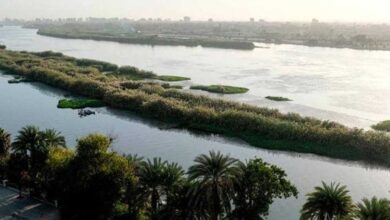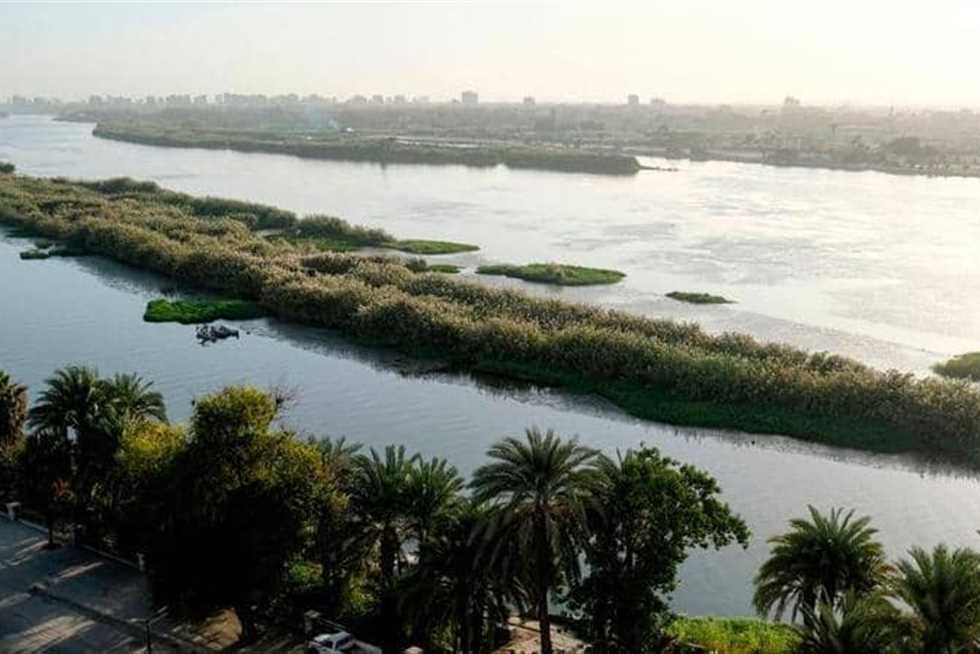Pharaohs built temples on the edge of the Nile’s floodplain to protect them from water damage. Today underground water seeping into stone foundations threatens to undo their great works.
“It’s horrific,” said Raymond Johnson, director of the Epigraphic Survey of the Oriental Institute at the University of Chicago. “This activity can be so insidious that it breaks down the fabric of the stone itself.”
In this process, known as capillary action, porous stone sucks water from the ground. The salt in the stone moves to the surface because of humidity in the air and forms crystals, often on the areas carved with inscriptions.
“The stone particles, in which the salt crystallizes, expand and just blow apart,” Johnson said.
So far archaeologists have removed considerable amounts of salt crystals around Luxor. To do this they use a simple technique of placing acid-free paper or a special clay directly onto the crystals, where it absorbs the salt.
“There’s been areas of Medinet Habu on the West Bank where there’s a well of Ramses III that has actually started to collapse because the foundation’s turned to sand,” he said.
Ironically, the threat on these important temples may have originated from the sweetest of substances: sugar.
Government officials said the abundance of sugar cane farms in Luxor and the flooding techniques that farmers use have raised the water table.
“The sugar cane, we call it in Egypt, this is the lazy job of all the jobs for the lazy people,” said General Samir Farag, the head of the Luxor Supreme Council.
“He just floods the whole area with water because sugar cane needs very hot weather, very good sun, and plenty of water, flooded water. It is not to irrigate with the drops. So he sleeps and the water is pumping, machine is running for the whole day. So you will find at the end of the day that the ground is completely covered with water.”
Underground pipes are currently being installed to move water away from the temples. A series of pipelines will run in front of Medinet Habu, the Colossi of Memnon and Amenhotep III, the Ramesseum, and the funerary temple of Seti I, and then into farmland to the Asfun Canal. A similar program was conducted on the East Bank of Luxor.
“Here, around the two temples on the East Bank, we are cultivating 22,000 acres of sugar cane. Can you imagine it? So it is a disaster,” Farag said.
To avoid unearthing antiquities during construction, most of the pipes on the West Bank will be about 100 meters from any temple or structure. The one exception was digging in front of Medinet Habu, which uncovered walls that are possibly from the medieval period.




